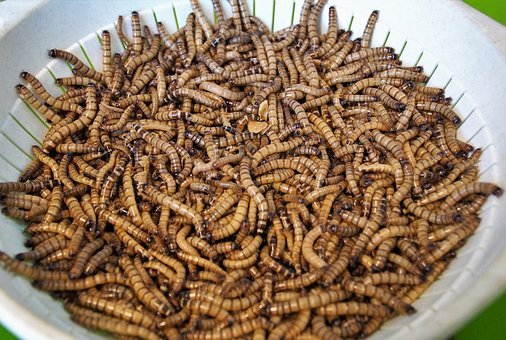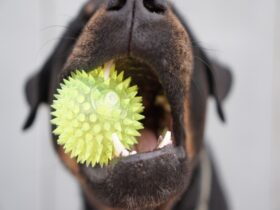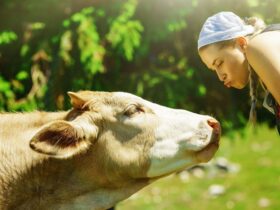Hornworms are caterpillars, and people commonly breed them for feeding their pet reptiles, amphibians, and other types of exotic pets. You can easily classify hornworms by their blue-green color and massive size.
You can check out platforms like https://www.topflightdubia.com/hornworms for different sizes of hornworms for your pets. After all, your pet reptiles and amphibians’ dietary requirements can often be challenging for you to fulfill. If you invest in hornworms, you may get the best feed for your reptiles.
What is the Size of a Hornworm?
Once completely grown, hornworm caterpillars (larvae) can be nearly four inches in length and easily visible. However, tinier hornworm larvae, because of their color, tend to mix up with plant leaves, and you may find it challenging to detect them.
Moreover, hornworms will get double in size when you keep them at warmer temperatures. If you feel your hornworms are extremely small, keep them in an excellent location (for example, next to a reptile bulb), and worms will grow swiftly for you.
Who Eats Hornworms?
Adult and growing bearded dragons, leopard geckos, amphibians, tarantulas, and scorpions eat hornworms. Chameleons also love hornworms.
You should have no problem with feeding these insects to your pets as hornworms are high in calcium, low in fat, and have no chitin (exoskeleton), making them conveniently digestible.
Remember, once you receive hornworms, they may not be full-grown. At this tinier size, you can feed them to smaller animals or juvenile animals. Once the hornworms have grown somewhat and plumped up, your hornworms will be wonderful feeders for animals that stay in dry, arid environments where getting water from meals is a need.
Examples of such types of desert species that love eating hornworms are collared lizards, scorpions, agamas, and tarantulas.
The Nutritional Content of a Hornworm
You can expect a good amount of nutrition in hornworms. There is 9% protein, 3.07% fat, 46.4mg/100g or 464ppm calcium, and 85% moisture. Additionally, if your reptile is suffering from dehydration, hornworms can offer them a great amount of moisture.
Perhaps, it is the reason that hornworms make brilliant and nutritious meals for many animals. However, many people still don’t know much about these juicy small feeder insects.
Hornworms are even nutritious food for animals that are fussy eaters. They are even great for tempting animals on the hunger strike to eat once more. In case you have a demanding eater on your hands, it is time that you give hornworms a try. But, buy only from reliable platforms for perfect quality and nutrition.
Is There Any Difference between the Two Species of Hornworms?
There are two types of hornworms, which appear very similar. These are the tomato hornworms and the tobacco hornworms. Mostly, people get confused about these two types.
Rather than diagonal lines on the sides like the tobacco hornworm, this tomato hornworm possesses “V” shaped markings. Apart from this, the tail spike of tobacco hornworms is red, whereas the tail spike of tomato hornworms is black.
To sum up, any reptile, amphibian, or invertebrate that is somewhat large to eat a hornworm is going to find it a delicious treat. Being a reptile owner, you must not miss out on this nutritious feed for your hornworm.
















